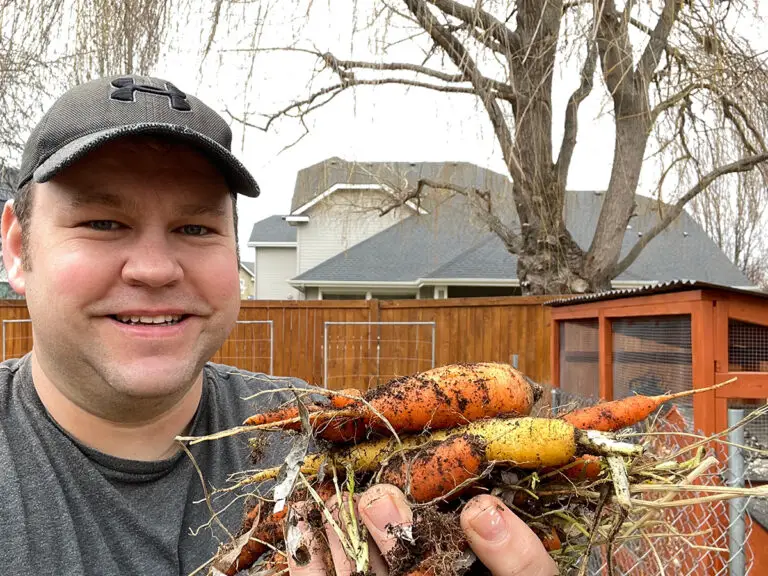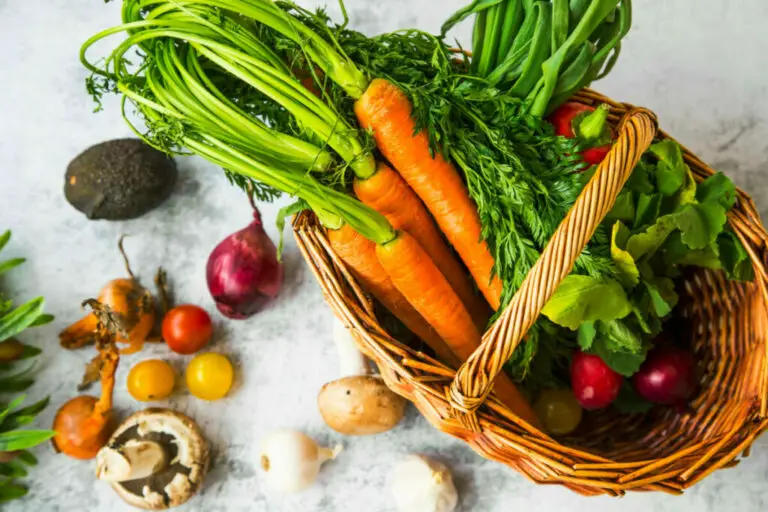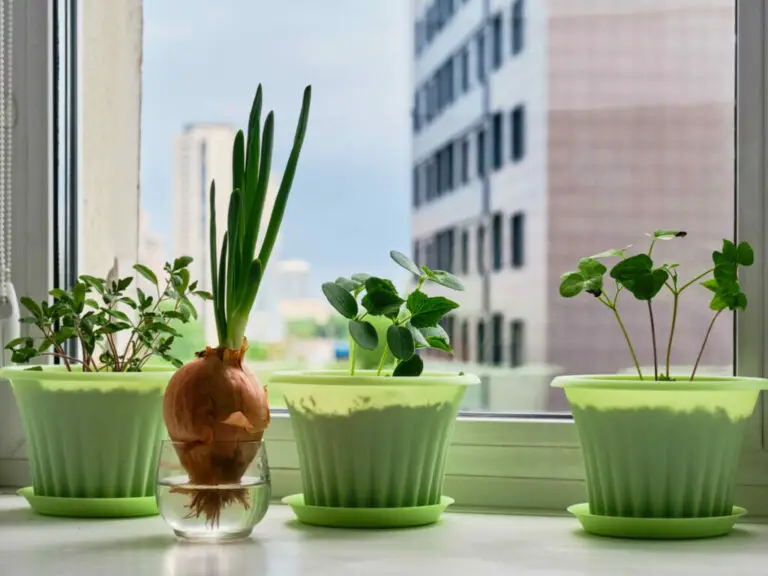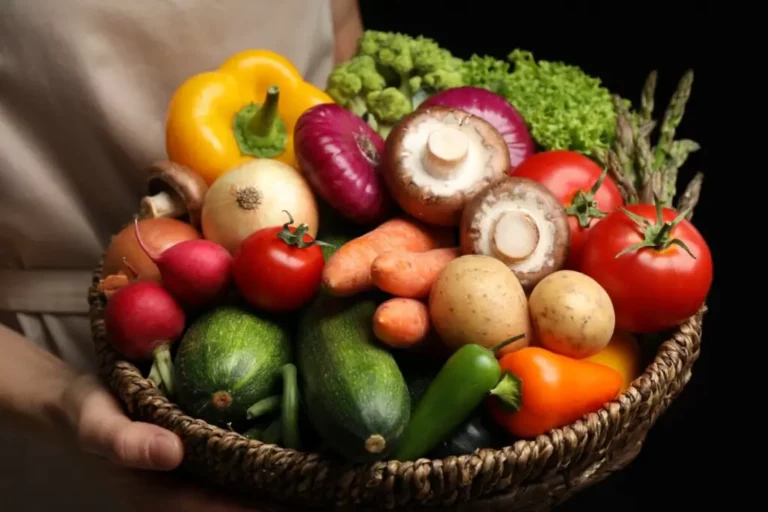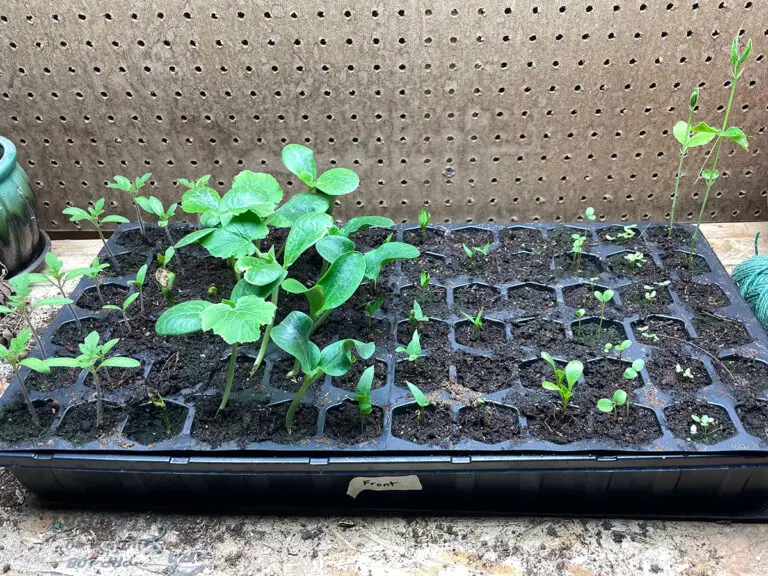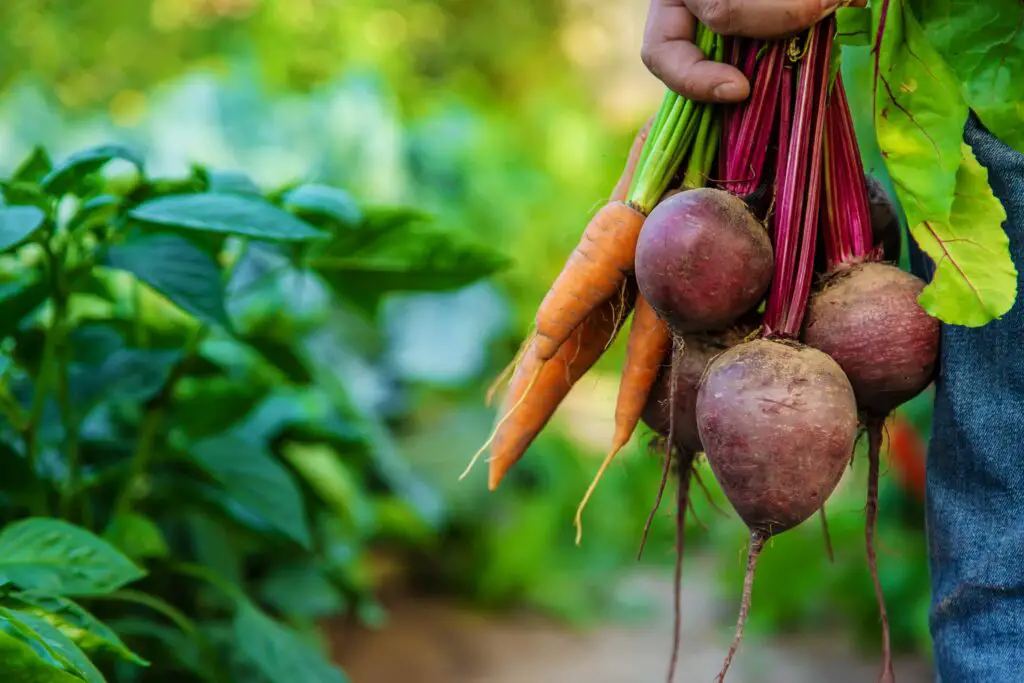
Are you wanting to know the best veggies to plant indoors and the best to plant directly in the ground? We have done the research and know the best vegetables for you to start planting!
If you want to know what those veggies are and how you should do it, make sure to keep reading!
Indoor Plants
Here is a table showing
| Vegetable | Broccoli | Brussel Sprouts | Cabbage | Cauliflower | Celery | Eggplant | Lettuce | Peppers | Tomatoes | Green Onion |
| When to Transplant | 2 weeks before the last frost. | October-December | After 6 weeks | 2 weeks before the last frost. | Has to be transplanted 10-12 weeks before the first frost. | Transplant when night temperatures are above 50°F. | When the plant is 2-3 inches tall. | Transplant when the plant has produced 3rd set of leaves. | When the plant is 2-3 inches tall. | After 4 weeks of being indoors. |
| Light | Needs a lot of sunlight. | Needs sun throughout the day. | Needs direct sunlight. | Needs a lot of sunlight. | Needs direct sunlight. | Needs constant sunlight. | Needs direct sunlight. | Needs sunlight for at least 6 hours. | Needs direct sunlight. | Needs direct sunlight. |
| How Much Water is Needed | Water till the soil is slightly moist. | Water when the top inch of soil is dry until moist. | Water generously until the soil is moist. | Water till the soil is slightly moist. | Needs constant water. | Water until the soil is moist. | Keep soil moist. | Water lightly | Keep soil moist. | Needs consistent and thorough watering. |
1. Broccoli
Broccoli is an easy plant to grow in colder weather conditions and indoors. Choose a sunnier place to grow broccoli such as a greenhouse, a south-facing window, or any place that receives a lot of sunlight during the day. Broccoli is one of my personal favorite veggies, and it is super easy to take care of while it is growing indoors.
2. Brussel Sprouts
Brussel sprouts can be grown indoors with a location in the room that gets 6-8 hours of sunlight each day, or an effective grow light can give the same benefit. Brussel Sprouts should be planted 6-10 weeks before the first frost hits, and watered thoroughly until the top inch of soil is no longer dry.
3. Cabbage
Cabbage is a nutritious vegetable that has a longer growing season. It can grow during the spring and fall months because it is a cool-season vegetable.
4. Cauliflower
Cauliflower grows best in cooler weather and is easily damaged by the summer heat. Most cauliflower seed packages will suggest seeds to be planted indoors 4 to 6 weeks before the last frost date.
5. Celery
Celery grows quickly and doesn’t need a ton of sunlight to sustain itself. Celery needs at least 4 hours of direct sunshine a day. Regardless of this statement, the celery plant should still be grown in a place in the house with higher sunlight for the best results. Celery is a tough veggie to grow indoors and then transplant, but when done correctly, it’s amazing!
6. Eggplant
Eggplants are relatively easy to grow indoors without taking up a lot of space. Eggplants can live for up to 3 years in warmer climates.
7. Lettuce
Lettuce grows better when they are being kept in a cooler environment indoors. Butterhead lettuce is a great type of lettuce to grow indoors. Lettuce is also a forgiving plant that isn’t particularly picky about the conditions that it can grow in.
8. Peppers
Pepper plants are typically not meant to be grown indoors since they need warm weather and full sun exposure, but they can be started inside. Peppers need sunlight for 6-8 hours per day. They should be at least 8 inches tall before you move them outdoors. Allow the soil to dry out before watering the plant again.
9. Tomatoes
Tomatoes thrive when grown in warmer weather conditions. They need lots of sunlight in order to grow, but they are self-pollinating and can grow when pollen spreads across each plant. You can help this process by shaking the plants periodically. I have a friend who grew tomatoes indoors and then transplanted them, and it was super easy for her to grow and take care of them! Make sure to follow the instructions on the back of the tomato seed package to get the best results.
10. Green Onion
Green onions grow well indoors because they are easy to take care of. They can be grown inside and don’t require the same amount of sunlight that other vegetables need in order to grow. Green onions are not typical veggies one thinks about when deciding what to plant indoors and then transplant outdoors, but this veggie is just as good as the others! It’s super low maintenance and will be super tasty once you are done growing and transplanting it.
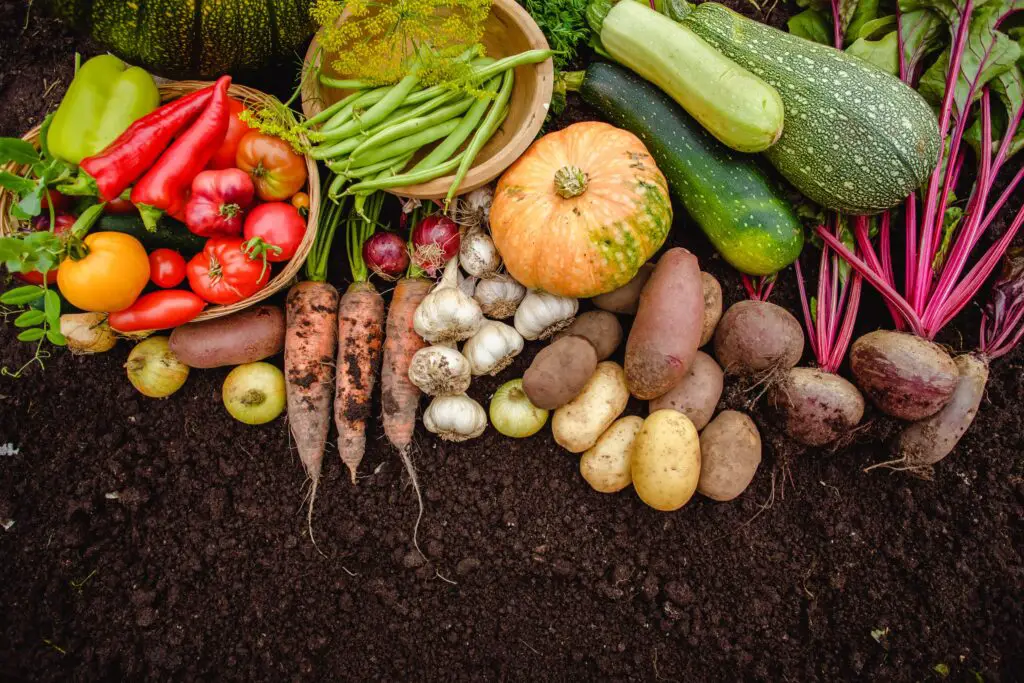
Tips for Growing Plants Indoors
In order to have a successful experience growing plants indoors, you first need to have a container large enough to let the roots of the plant grow underneath that has drainage holes at the bottom.
If you don’t have a container handy, you can use yogurt tub containers or a storage bin. You can also use any kind of pot that has drainage holes on the bottom. In order to keep your furniture from being ruined, put a plate or tray underneath the container or pot to collect the moisture.
Next, it’s time to plant your seeds in the container in potting soil that is specialized for indoor growing conditions. Once the plant has poked out of the soil, place it in a window that is sunny.
It is difficult to plant veggies indoors because there is going to be a lack of light on the plant unless you purchase a plant light.
Planting veggies indoors and transplanting them outdoors takes a lot of research and care to do successfully. You want to make sure you follow the correct steps and rules when doing this so your veggies don’t die. We suggest doing extensive research after choosing which of these plants to grow indoors and transplant in order to eliminate any possibilities of failure. We want your veggies to stay alive and for you to stay happy!
Plants that go Directly into the Ground
| Vegetable | Radish | Peas | Carrots | Lima Beans | Beets | Zucchini | Squash | Spinach | Cucumbers | Turnips |
| When to Plant | Spring: 4-6 weeks before last spring’s frost. Fall: 4-6 weeks before last fall frost. | 4-6 weeks before last spring’s frost. | 2-3 weeks before last spring’s frost. | Plant in spring after the last frost. | Can be planted in early spring as long as the soil is ready. | Plant when no frost is outside anymore and the temperature is at least 60°F. | Summer: when all frost is gone. Winter: mid-summer. | Once temperatures hit 40°F. | No earlier than 2 weeks after the last frost. | 2-3 before last spring’s frost. |
| Light | Needs direct sunlight | Full sun or part sun | Full sunlight | Needs tons of sunlight | Full sunlight or partial sunlight | Full sunlight | Full sunlight | Full sunlight to light shade | Full sunlight | Full sunlight |
| How Much Water is Needed | Water thoroughly | Water until the soil is moist, but no more than 1 inch a week. | 1 inch of water a week. Do not overwater. | Water when dry but don’t overwater or underwater. | Water 1 inch when dry. | Water frequently when the soil is dry. | 1-1.5 inches of water a week | Water until moist when the soil is dry. | Water frequently when the soil is dry. | Keep soil moist |
1. Radish
Some plants just don’t like to be transplanted, and radishes are one of those plants. Radishes need to be directly planted outdoors because the plant tends to get stressed and die when transplanted after being grown indoors.
2. Peas
Peas tend to thrive in the outdoor setting. They don’t like to be grown indoors and then transplanted outdoors because they grow best in the outdoor weather, and they tend to die quickly indoors. This makes peas a great veggie to grow outdoors.
3. Carrots
Everyone loves a good carrot, and you can have them as long as you plant them outdoors directly into the ground. No transplanting for this veggie. Carrots love the full sunlight that an outdoor environment gives them. Make sure to plant your next carrot seeds directly in the ground!
4. Lima Beans
Lima beans are not typical veggies that people plant, but they are a great option. If you enjoy eating lima beans, I would suggest planting the seeds outdoors rather than in a pot that you keep indoors until a certain period of time.
5. Beets
Beets are a super popular and great option for planting directly into the ground. This plant thrives in outdoor conditions and does not tolerate being transplanted very well.
6. Zucchini
Zucchini should not be planted indoors or transplanted and should instead be planted directly into the ground. This is because they typically do not like the indoors and thrive best in outdoor conditions. They also grow quite quickly, and would almost certainly begin to grow outside their allotted indoor space.
7. Squash
Squash plants do not handle the indoors very well, and for this reason, they should be directly planted into the ground and not transplanted. Some plants really thrive outdoors, and squash is one of those plants. Make sure to buy some squash seeds and get to planting outside!
8. Spinach
Spinach is one of my favorite veggies. It’s tasty, healthy, easy, and thrives outdoors. This plant should be on the top of your list of plants to grow in your garden! Make sure not to plant spinach indoors because it typically does not do well when exposed to indoor light and temperatures.
9. Cucumbers
Cucumbers are one of the most popular veggies to plant directly in the ground. It’s a super tasty vegetable and is fairly easy to take care of. Make sure you plant this directly outdoors and don’t transplant this veggie. It is hard to transplant and doesn’t grow well indoors.
10. Turnips
Turnips are a great vegetable to plant directly into the ground. The turnip does not do well when transplanted and only takes a few days to germinate. This makes the turnip a plant you should never transplant, as it will likely die.
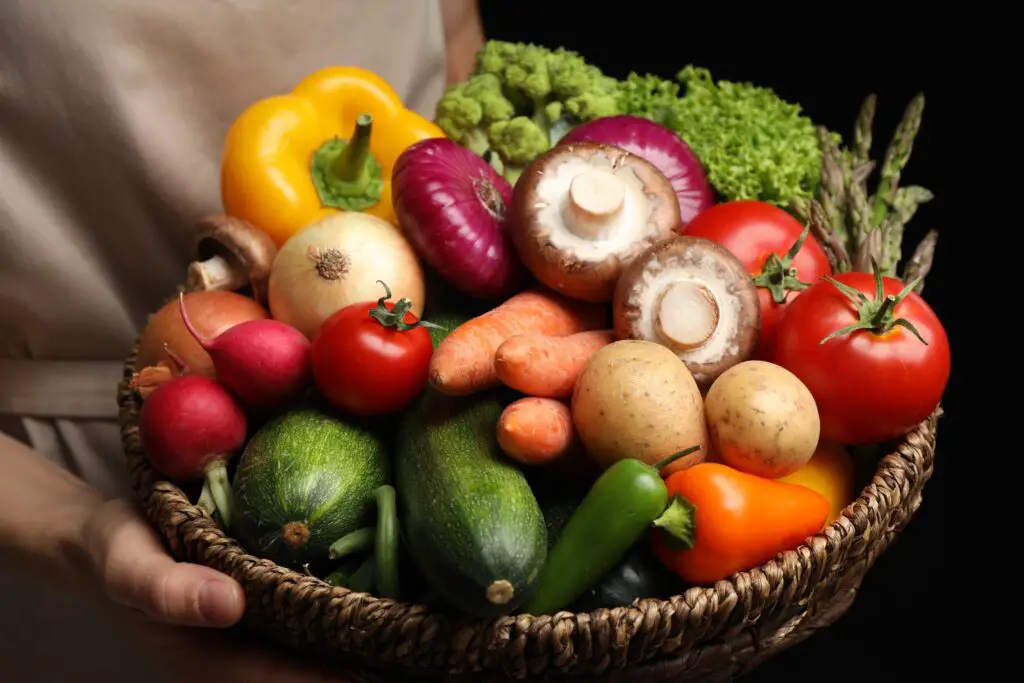
Tips for Growing Plants Outdoors
Location/Sunlight
Vegetables grow better when located in areas of full sun. In order to do this, find a location that receives sunlight for 6 hours a day, if possible. Place the tallest plants towards the north or west sides to distribute the right amounts of shade to the other plants. Make sure to follow the correct guidelines for your specific plant in regard to locations and sunlight. Make sure not to give your plants too much sunlight, as they can burn. Also, make sure to plant your veggies in a safe location away from possible animals and harsh weather.
Soil
The best soil for vegetables has organic matter such as composted leaves or shredded-aged bark. Start with adding the right amounts of organic material to give the soil the right texture (not sandy or compacted). Some veggies need different soil than others, so pay attention to your specific plant’s needs.
Mulch
Add a 3-inch layer of mulch around your plants over an irrigation line for best results. Mulch helps to insulate the soil, keeping it cool in the summer and warmer in the winter. It helps the plant retain its moisture while growing and protects it from weeds.
Fertilizer
Make sure to not over-fertilize your plant. Too much fertilizer will make the garden greener, but the plant won’t produce as much harvestable food. Excessive fertilizer can be harmful to plants and soil. Use organic compost as fertilizer if possible.
Water
Watering plants outdoors can get a bit tricky depending on the climate and weather where you live. If it rains a lot, make sure to take that into consideration when watering your vegetables. Make sure not to overwater or underwater your veggies! Watering is super important for plants, so do it right and do it well!
Overall, there are many plants that you can start growing indoors and move outdoors when the weather improves.

